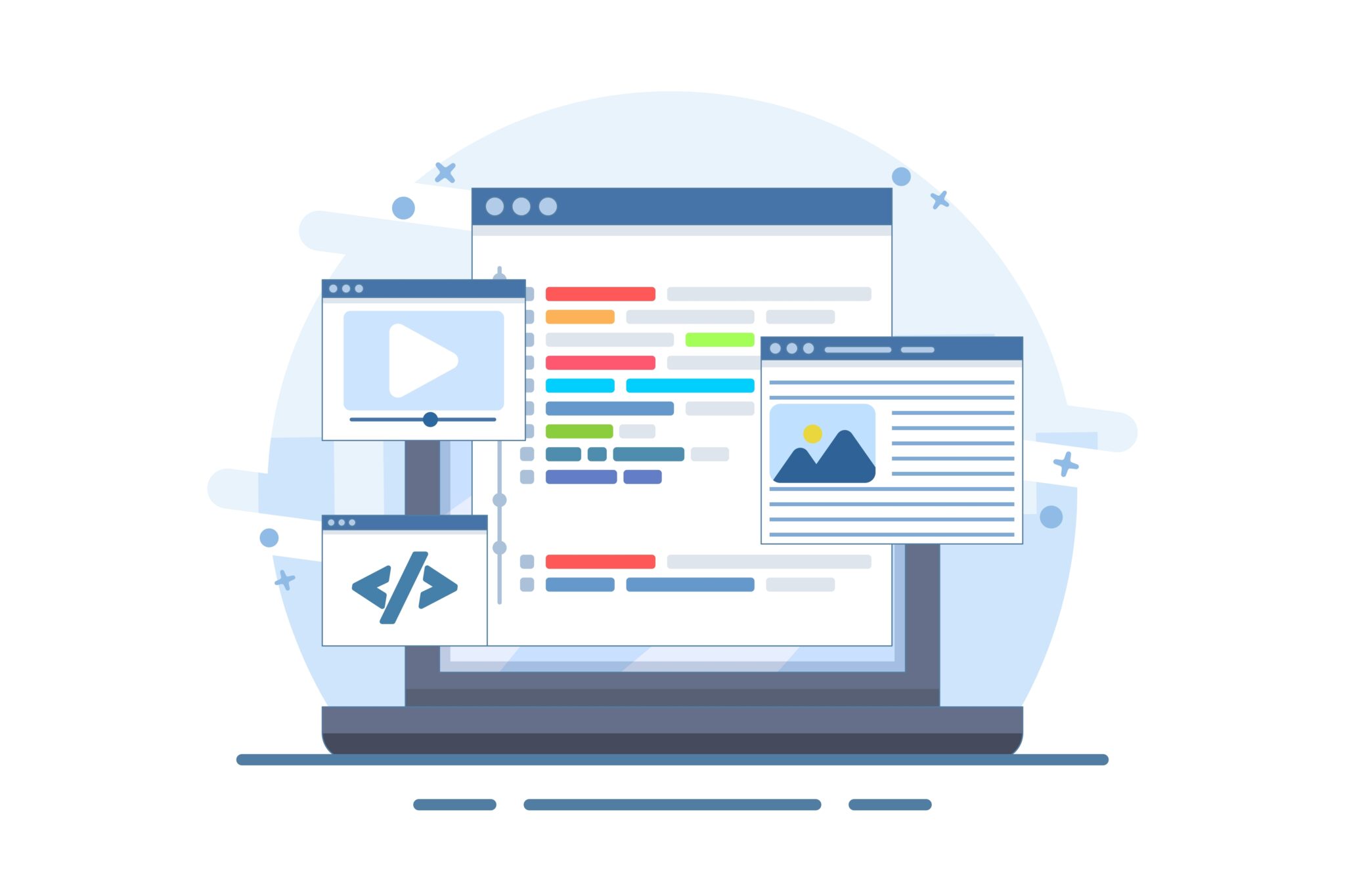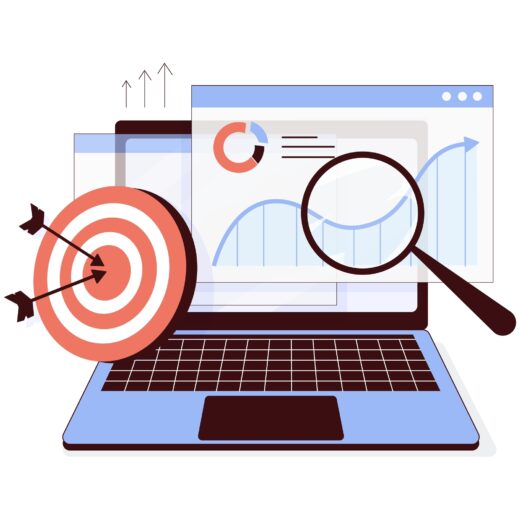How To Remove Toxic Links

In the world of search engine optimisation (SEO), link building is a vital component of improving website rankings and increasing organic traffic. However, not all links are created equal. Toxic links—those from spammy or low-quality websites—can harm your site’s reputation and rankings.
Recognising and removing toxic links is essential for maintaining a healthy backlink profile and avoiding penalties from search engines like Google. In this guide, we’ll explore effective strategies for identifying and removing toxic links to safeguard your website’s SEO performance.
Identify Toxic Links
The first step in removing toxic links is to identify them. You can use tools like Google Search Console, SEMrush, or Ahrefs to analyse your backlink profile and pinpoint potentially harmful links. Look for indicators such as:
- Links from known spammy websites or link farms.
- Links from irrelevant or low-quality sites.
- Links with suspicious anchor text or excessive keyword stuffing.
Assess Link Quality
Not all links from unfamiliar websites are toxic. Evaluate each link’s quality based on factors such as domain authority, relevance to your niche, and site traffic. Tools like Moz’s Domain Authority and Majestic’s Trust Flow can help you gauge the quality of linking domains. Focus on removing links from sites with poor metrics that could negatively impact your own site’s reputation.
Contact Webmasters
Once you’ve identified toxic links, reach out to the webmasters of the linking sites and request removal. Be polite and professional in your communication, clearly explaining why you believe the link is harmful and requesting its removal.
Provide specific details, such as the URL of the page containing the link and the anchor text used. Keep a record of your correspondence for future reference.
Disavow Toxic Links
In cases where you’re unable to get toxic links removed manually, Google provides a tool called the Disavow Links tool. This tool allows you to instruct Google to ignore specific links when assessing your site’s backlink profile.
Create a disavow file containing the URLs of toxic links you want to disavow and submit it through Google Search Console. It’s essential to use this tool judiciously and only as a last resort, as incorrect usage could harm your site’s SEO.
Monitor and Maintain
Removing toxic links is not a one-time task; it’s an ongoing process. Regularly monitor your backlink profile using tools like Google Search Console or SEMrush to identify new toxic links as they appear.
Continuously assess the quality of incoming links and take proactive steps to address any issues promptly. By staying vigilant and proactive, you can keep your backlink profile healthy and protect your site from potential SEO pitfalls.
Removing toxic links is a critical aspect of maintaining a healthy backlink profile and safeguarding your website’s SEO performance. By following the steps outlined in this guide—identifying toxic links, assessing link quality, contacting webmasters, and using the Disavow Links tool—you can effectively manage and remove harmful links that could negatively impact your site’s rankings.
Remember to prioritise quality over quantity when building backlinks and to stay vigilant in monitoring and maintaining your backlink profile to ensure long-term SEO success.








